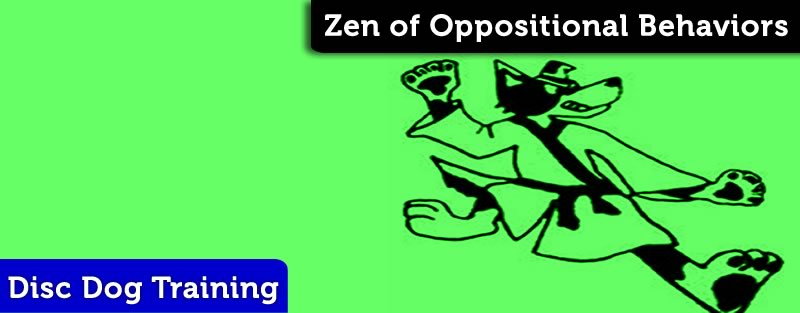
Zen of Oppositional Behaviors
Can you Drop something without it being held?
Can you get Off of something without being On it in the first place?
Can you do a Stay without the Release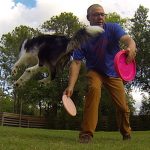 Release has many meanings in disc. Throws and throw variations can be referred to as releases. Sometimes you talk about the dog releasing something, the toy, or the environment, as in to stop... More?
Release has many meanings in disc. Throws and throw variations can be referred to as releases. Sometimes you talk about the dog releasing something, the toy, or the environment, as in to stop... More?
These are Dog Training Kōans. Kōans are zen riddles meant to challenge understanding and offer profound wisdom. Now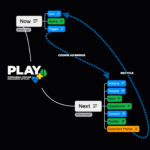 The Now Phase is an integral part of the Play Cycle in the Play+ training philosophy. It embodies the current, immediate interaction between the handler and the dog, anchoring them in the present... More I’m not claiming to be a zen master, or to offer profound wisdom, but I do want to challenge your understanding.
The Now Phase is an integral part of the Play Cycle in the Play+ training philosophy. It embodies the current, immediate interaction between the handler and the dog, anchoring them in the present... More I’m not claiming to be a zen master, or to offer profound wisdom, but I do want to challenge your understanding.
Simple behaviors are often defined by an oppositional behavior. You have to hold something to drop it. You have to be on something in order to get off (hehe…). To go In requires that you first be Out.
Oppositional behaviors are defined by their opposite and are impossible to coexist. “I know that!” you say, “differential reinfocement of an incompatible behavior (DRI).”
Not so fast grasshopper. An incompatible behavior is not defined by it’s opposite. What is the opposite of that Sit you use to keep your dog from jumping up? Is the opposite of a Sit jumping up? Standing of all fours? Lying down? Standing on your head? Sit is not an oppositional behavior.
While I think that a sit is incompatible with many behaviors, it’s not directly opposed to any and there is no opposite behavior that defines the Sit.
“What is this clown talking about!? Why is this important?”
Well if you understand that an oppositional behavior is defined by it’s opposite, then you know that you must use the opposite behavior in order to teach said oppositional behavior. Confused yet?
Good. Let’s clear this up!
Duration is Defined by the Release
In order to communicate a stay to a dog, you must have the release. Wthout the release, how is the dog to know that it’s a duration behavior (aah… another Kōan). A duration behavior has a beginning and an end, period, end of story.
Without the understanding of the Release there can be no understanding of a Stay.
The way to teach a Stay is to ensure that your dog makes it to the Release. If your dog is not being Released you are not working a stay, you’re simply adding value. Not that there’s really anything wrong with that. Proofing’s not really my bag, to tell you the truth, my dogs and I pretty much exist in the adding value stage until they drive me crazy enough to put the finish on the behavior. Proofing’s hard work. It’s not fun. Proofing’s a PITA (Pain in the…).
Sometimes we can get solid duration behaviors without the Release, but the concept of Stay is not understood. The dog doesn’t know ‘Stay’. It’s simply what the dog does or is doing. Again, I exist in this area with my dogs pretty frequently on many behaviors, but that means that my dogs don’t really understand the concept of Duration in regards to that particular skill. You can get wonderful behavior this way, I do, but it’s not an understood concept and will be likely to lapse if the value is not maintained (or the aversive gets weak).
True learning requires an understanding of the underlying concepts and without the understanding of the underlying concepts, the skill will not generalize well. You have a,”The answer is C, Kid,” situation. Sure they’ll pass that test, but they can’t pass a test with a similar question, or even the same question with the answers in a different order.
That’s where the beauty of ShapingShaping is a learning technique where successive approximation and a Positive Marker are used to teach behaviors and communicate concepts. Successive approximation essentially means continually closer to the target behavior. So Shaping is... More with marker training comes in. We can deliver quality understanding of root concepts that can be replicated and applied in creative ways to different problems, tasks and situations. But I’m getting off task – that’s for another blog post…
Now there are many other duration behaviors, some common, some uncommon, but they all have one thing in common – they are defined by the release.
Own The Release
If you’re working Heel, a moving duration behavior, you must have a clearly defined release. Otherwise you’re just adding value and the undertstanding of duration is not clearly communicated, It’s not what the dog knows, it’s what they did or are doing. You want a perfect Heel? Release early and often. Own the release of a duration behavior and you own the behavior itself.
Same thing goes with Sit Pretty or Stand on Hind. You want duration, own the release. Release it early and often.
Want a Hold? Own the Give
This is another oppositional behavior. Working Disc Dogs I tend to work this with Drop as opposed to Give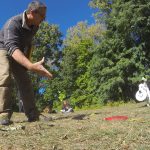 The Give is a retrieve to the hand. A cued Give is a foundational skill that is not super useful in the actual performance of disc dog freestyle, and has huge applications for... More, but since Apryl became a Staff Trainer at Paws With A Cause, many in our pack have been given a heavy dose of Give. It’s the same thing though.
The Give is a retrieve to the hand. A cued Give is a foundational skill that is not super useful in the actual performance of disc dog freestyle, and has huge applications for... More, but since Apryl became a Staff Trainer at Paws With A Cause, many in our pack have been given a heavy dose of Give. It’s the same thing though.
You can’t Give if your not Holding it. If the Give is owned through reward and repetition and the value of that behavior is strong enough, the Hold will be there.
Teaching a Hold with Drop is exactly the same thing. On the Frisbee field, my dogs carry (Hold) the disc until they hear the Drop cue.
Bonus Retrieve! Oops I Can’t Reach It
If my dogs happen to get excited and drop without being cued, I simply do nothing and wait and they get all excited and run out and go get the disc because the game doesn’t happen without the Drop and they can’t Drop it if they’re not Holding it.
Now, I’m pretty content to allow them to make that decision on their own, but it’s very easy to get them to go and get something on cue by simply taking advantage of their mistaken Drop and dropping a cue on it,”Oops, I can’t reach it.”
They happily run out and get it and carry it, waiting for the drop cue. If I don’t give the drop? They bring it in for the Give. There’s a retrieve.
A Hold, a Pick It Up, and A Retrieve, all from Give. Pretty cool, eh?
Off and On
Off and on, oppositional behaviors that define eachother, function the same way. You need a Up Pup (get up there)? Own the Off. Now of course value must be added to the Up portion if you want any duration at all, but if all you want is ‘jump on that thing’, then you work the Off.
You want an Off, then Own the Up Pup.
The Power of Yin and Yang
Now there are many trainers that say you need to avoid working on more than one thing at once and to do otherwise is Lumping and will confuse the dog. I’ve heard people say that you should not work Right and Left in the same session for fear of overwhelming and confusing the dog. I agree with not Lumping, but I don’t agree that Lumping can happen with Oppositional Behaviors.
Working both sides of the coin of an Oppositional Behavior does exactly the opposite of confusing the dog. It gives them the absolute clarity. After all, they are not just incompatible, they are mutually exclusive – they are polar opposites and working Oppositional Behaviors at the same time delivers the entire picture.
Yin and Yang
It is impossible to talk about yin or yang without some reference to the opposite: yin–yang are rooted together. Since yin and yang are created together in a single movement, they are bound together as parts of a mutual whole.




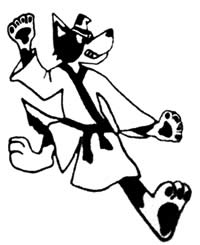

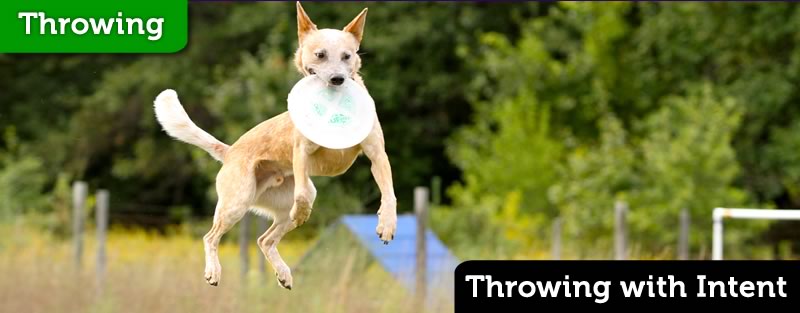
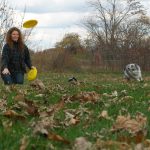

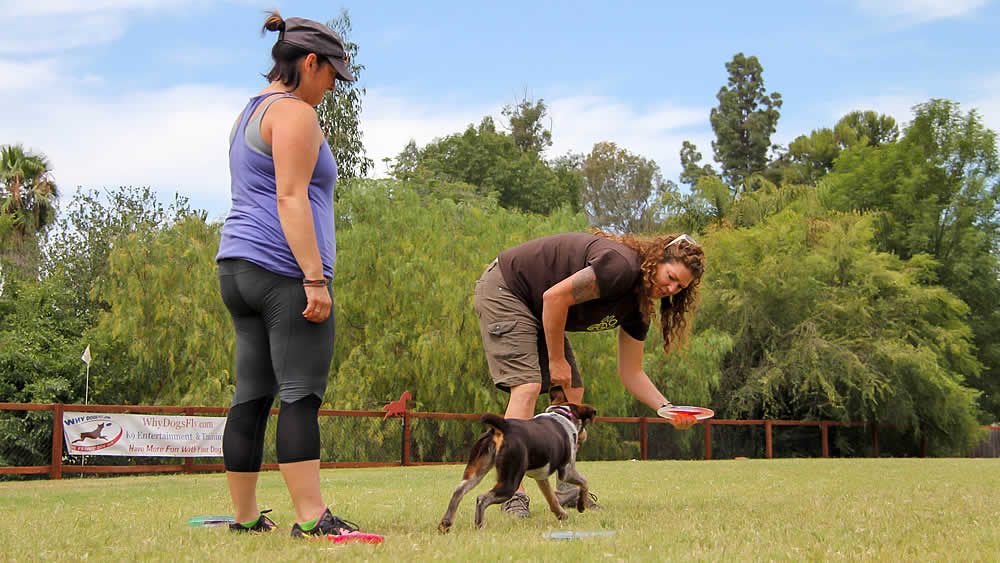
Responses